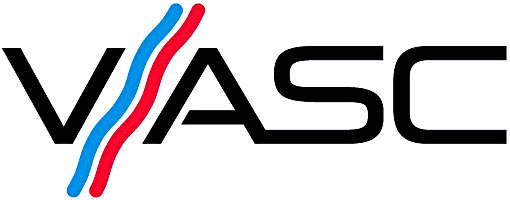arterial procedures
ANEURYSMS AND CAROTID ENDARTERECTOMY
WHAT IS AN ANEURYSM? >
An aneurysm is a localised balloon-like bulge in a blood vessel. Aneurysms generally start small and grow slowly over many years. When they are small, they cause few or no symptoms and are often found by chance during a scan or an examination by a doctor looking for something else. When they get large enough they can cause local symptoms by pressing on other structures such as nerves but most importantly, they can suddenly block or burst. Blockage may result in loss of limbs and bursting or “rupturing” is often fatal.
Aneurysms can occur in almost any blood vessel of the body but are most common in the aorta. The aorta is the main artery that carries blood from the heart to the rest of the body. The aorta goes through the chest and abdomen, and aneurysms can occur at any point along its length but are very much more common in the abdominal aorta (belly region). Some people have more than one aneurysm at the same time.
Although the majority of aneurysms in Australia are now treated with a “keyhole” stent technique called an Endovascular Aneurysm Repair (EVAR). A more major, open surgical repair is still sometimes required.
Dr Bond specialises in the diagnosis, and treatment of all forms aneurysms and is able to provide the most appropriate repair technique for every patient.
CAROTID ENDARTERECTOMY >
Carotid Artery Disease (Carotid Stenosis)
The carotid arteries are located on each side of the neck and provide the main blood supply to the brain. Carotid artery disease is a condition in which these arteries become narrowed or blocked by Atheroma. Reduction in flow of blood to the brain or migration of clots from the carotid artery to the brain can result in a stroke. Some strokes are minor and short lived, whereas others can cause paralysis or death.
Carotid artery narrowing is either discovered when someone suffers a stroke or mini- stroke (TIA) or may be discovered by chance during a routine examination. Everyone with known carotid artery disease should be taking an “antiplatelet drug” such as aspirin or clopidegrel (Plavix). The majority of people will also need to take medications to control cholesterol and blood pressure levels. It is also very important to stop smoking.
When the artery narrowing is severe enough, a procedure may be required to unblock the artery. This can either be an open surgical procedure called a carotid endarterectomy or a minimally invasive stent procedure. There are risks from all forms of treatment of carotid narrowing and knowing when to operate and what techniques to use is vital. Dr Bond has written a PhD thesis on this area is a world expert on carotid disease management
